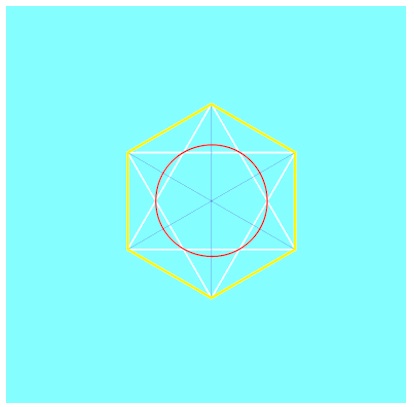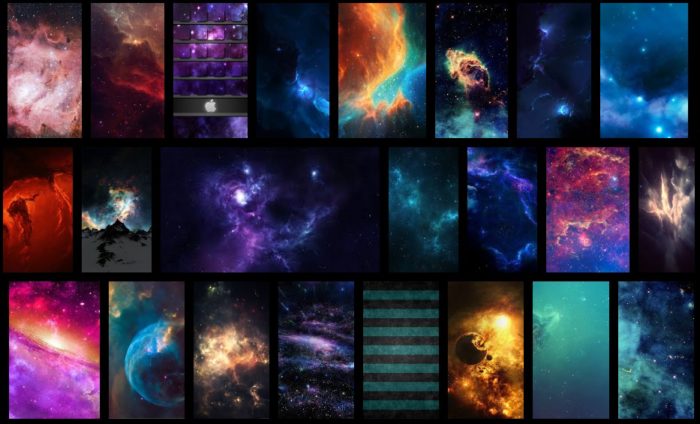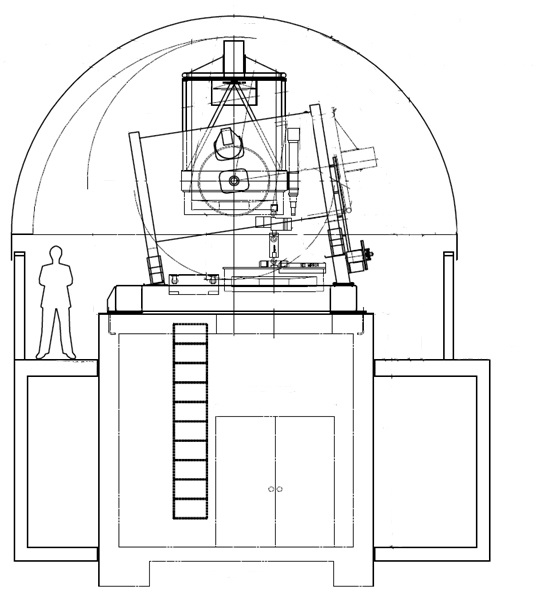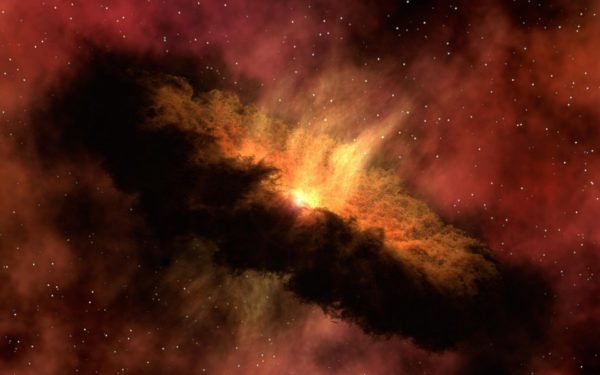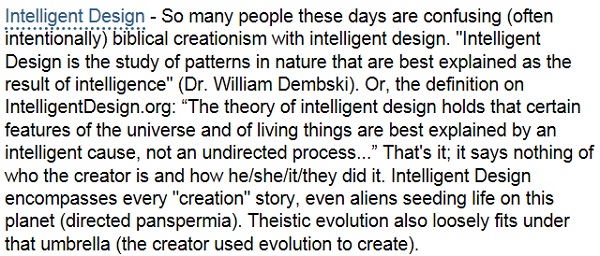
Nothing exists for nothing, the universe is not itself made, and nothing in it has nothing to do.
The moment Mankind has been waiting for over a millennium has finally arrived. A tangible proof of off-planet life has occurred. The higher powers have at long last shown their hand.
In nineteen ninety nine, a website called ‘The Revelatorium’ was launched. The website revealed many aspects of the higher dimensions not previously known. By the fall of two thousand and thirteen the Revelatorium had morphed into a full revelation of the Intelligent Design by which all of Creation has been blueprinted and expressed.
The verity of the Design has now been proven in real time.
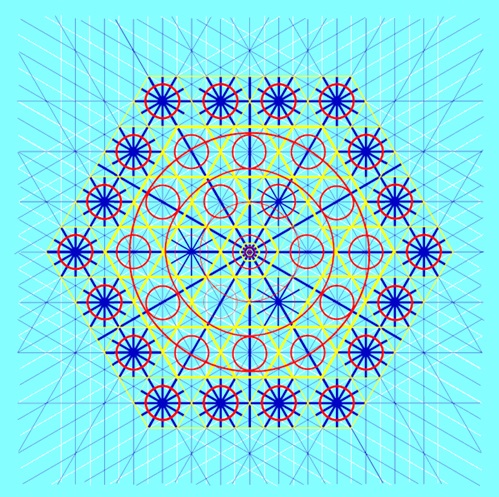
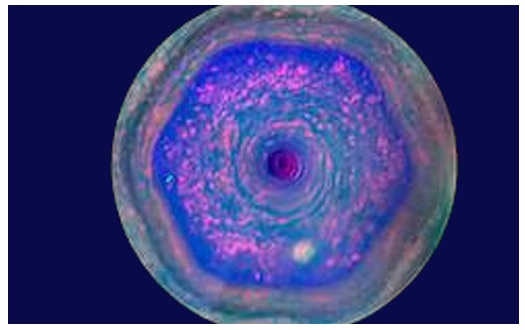
If you carefully compare the Revelatorium and Cassini pictures you will see that they are structurally identical. The Revelatorium drawing was done in two thousand and two. The Cassini probe was launched in 2009.
Both have a clearly defined center hexagon area representing the first, second, and third dimensions collectively. Particularly confirmed is the red circle area in the middle.
A second greenish coloured hexagon ring with pink splotches around the first hexagon ring matches the ring of six different cubit designs around the center of Figure 77, representing the fourth dimension.
A third, blue colored hexagon shaped ring with uniform pink splotches around the second ring matches the ring of twelve identical cubit designs around the second ring of six cubits of Figure 77, representing the fifth dimension.
And finally a fourth hexagon shaped ring with faint pink splotches and completely different background color around the third ring matches the ring of eighteen identical cubit designs around the ring of twelve cubits of Figure 77, representing the six dimension.
[On higher dimensional physics: http://www.reasons.org/articles/higher-dimensions CP]
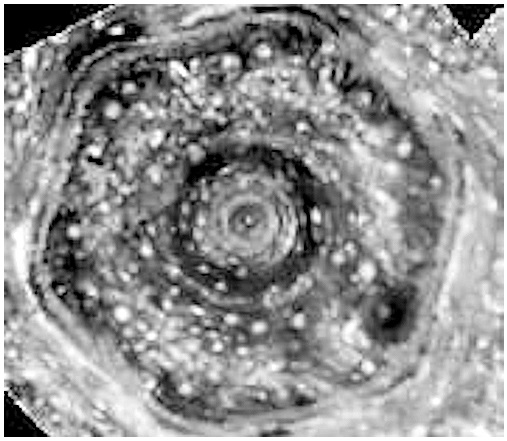
In short, the Saturn hexagon is a concrete lower dimensional proof of a higher dimensional factor.
The striking similarities in the respective pictures are not coincidental. The Saturn hexagon is home of the Solar System government. The hexagon is a magnetic resonance reflection in the third dimension of the domain’s six dimensional configuration. The population lives within its fifth dimensional band of materialization, represented by the thick ring in the hexagon, and ring of twelve similar designs in the same location in Figure 77.
As the cubistic matrix of Figure 77 would imply, the whole Intelligent Design is dirt simple and can be understood by anyone. The basic elements of the Intelligent Design consist solely of a sphere, a cube, and straight lines. The rules by which the elements work together hold the key. There is aught in existence not of the Design.
In figure 77, the red spheres represents Intelligence, the blue straight lines represent Energy, and the yellow cubes represents Substance. The attribute of the Father is Intelligence, the attribute of the Son is Energy, and the attribute of the Holy Ghost is Substance. Intelligence, Energy, and Substance is all there is.
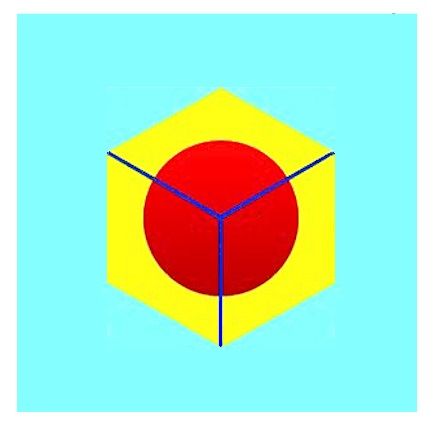
The Cube and Sphere comprises the entirety of the fourteenth dimension and acts as interface between the un-materialized inner form of the Creators in their fifteenth dimension as the Holy Trinity and above, and their materialized outer form in the thirteenth dimension and below as ‘Creation’.
The Cube and Sphere projected one dimension down to the thirteenth dimension comprises the ‘Cubit’, shown below. The ‘Cubit’ is the basic genome of Creation. By principle of the Cubit the whole of Creation has been blueprinted and expressed.
If you look again at Figure 77, you will see that it is composed entirely of variations upon the cubit. The variations reflect specifically different frequencies according to rule. By the rule the differing frequencies comprise the differing aspects of Creation. By this simple principle, the Intelligent Design is capable of blueprinting and depicting all of Creation in all of its aspects. The current Creation is over nine hundred trillion light years across and still within its infancy.
The Intelligent Design can be found in its totality at website http://www.revelatorium.com/. For details about every thing going on now inter-dimensionally, also see: http://www.revelatorium.com/. For the Silo, Delahnnovahh-Starr Livingstone.
Supplemental- Dr. William Dembski http://www.ideacenter.org/contentmgr/showdetails.php/id/776
